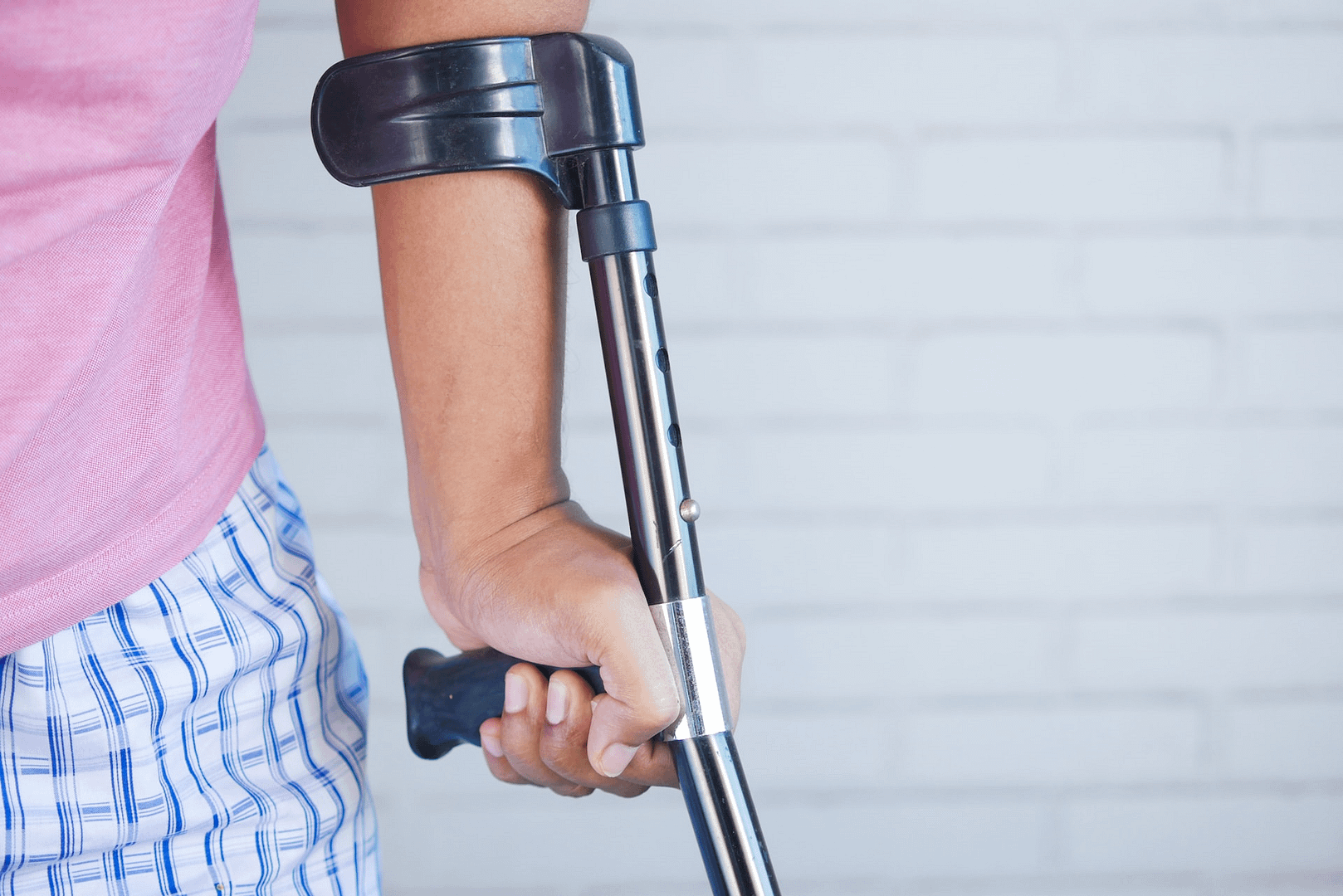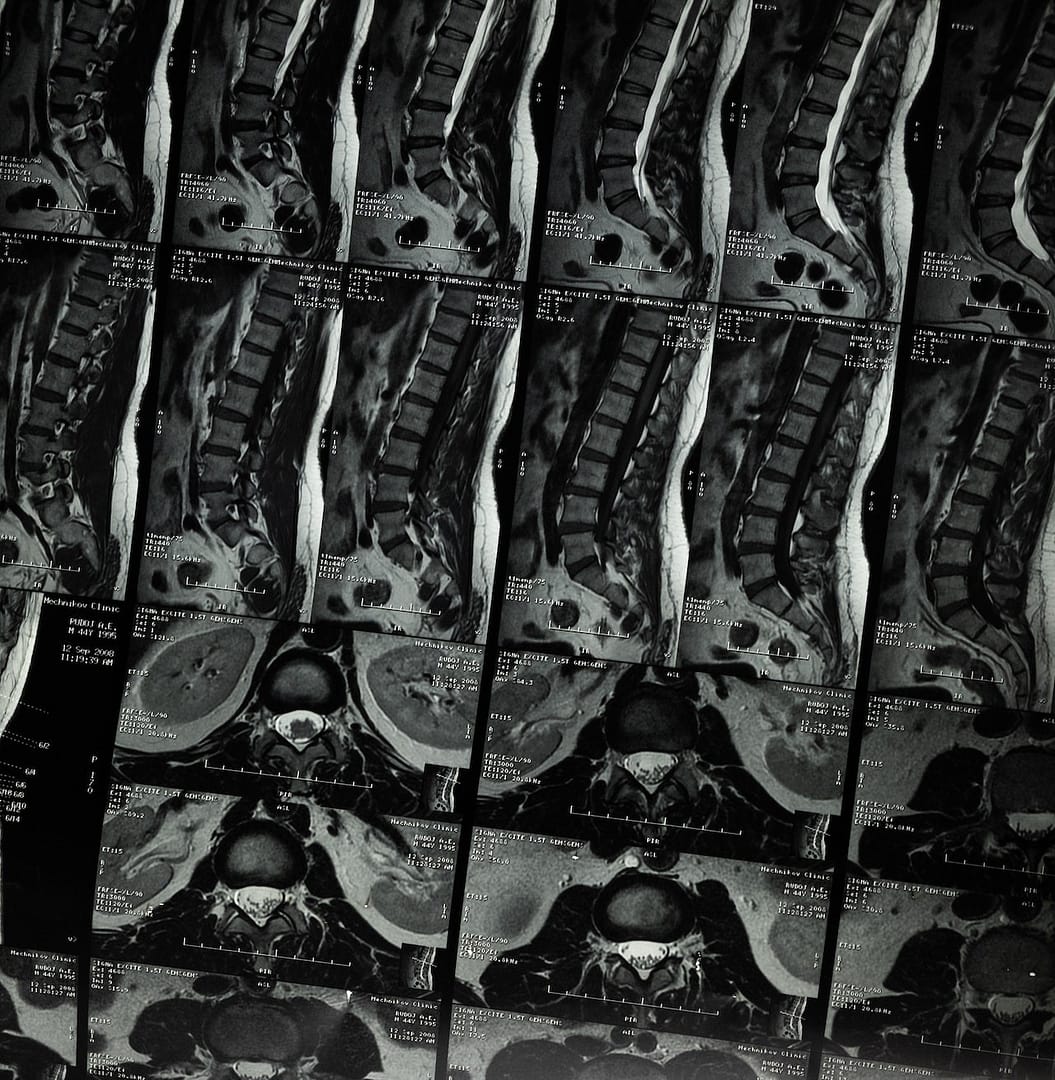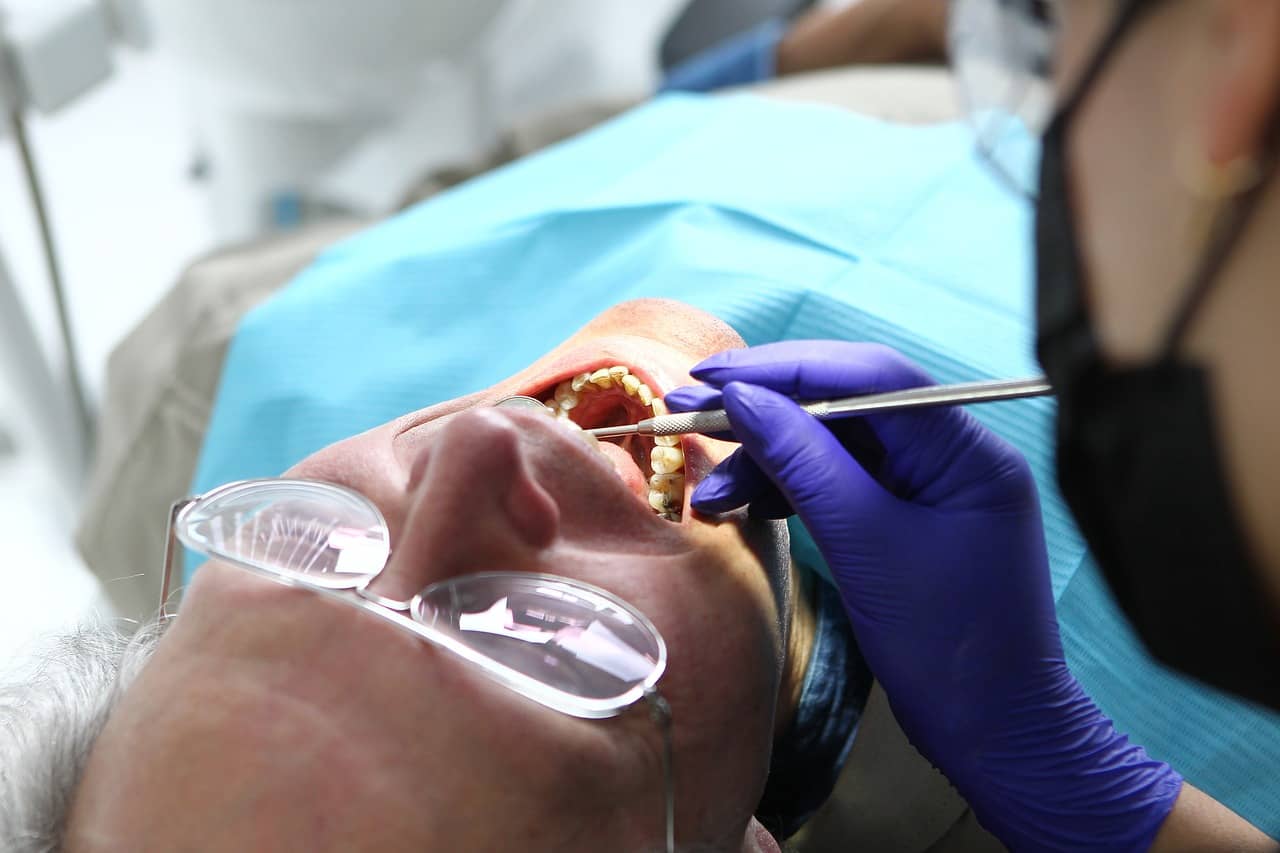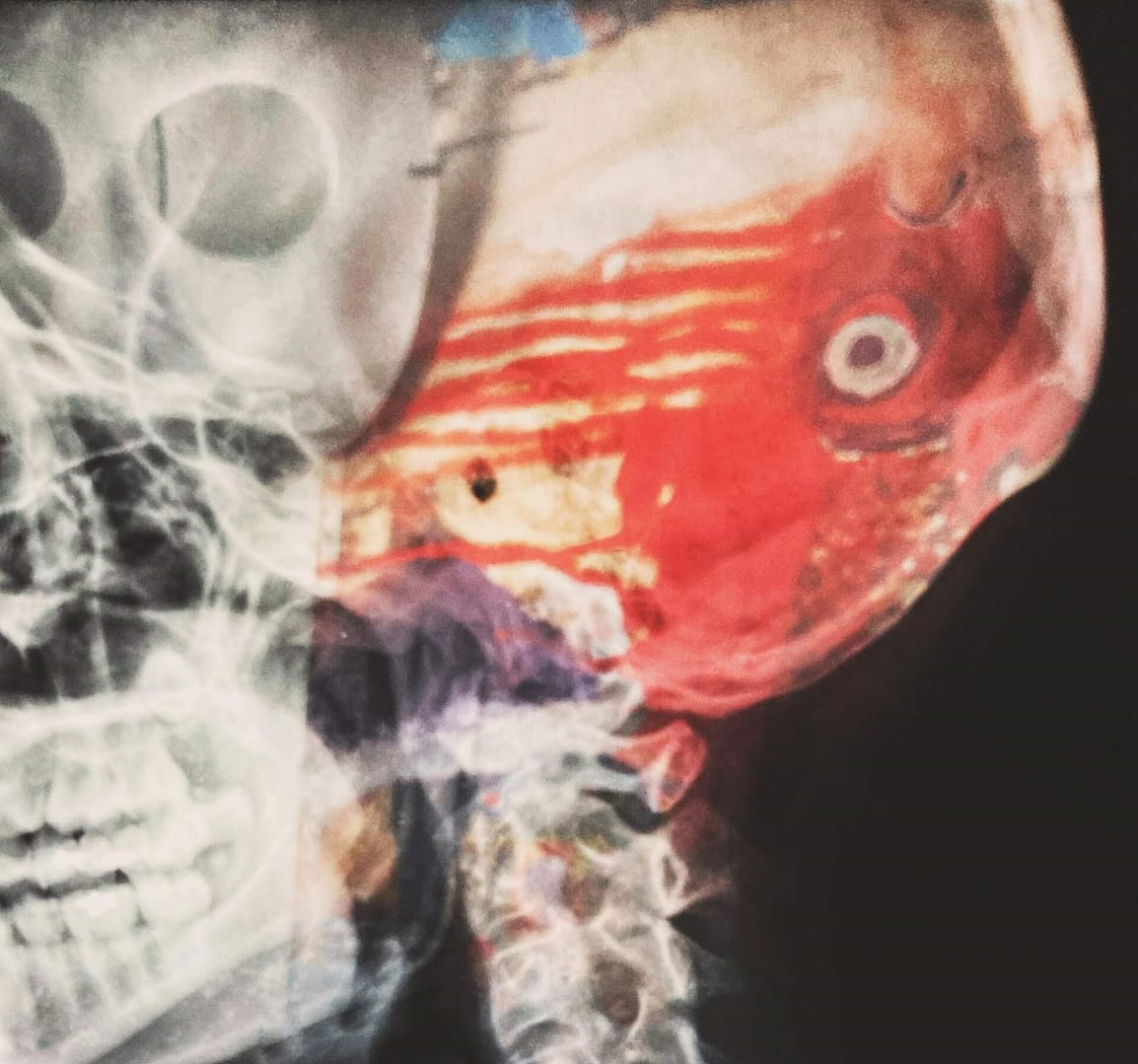Spinal cord injuries (SCIs) and Cauda Equina Syndrome (CES) are two terms that carry a weight of medical significance, often leaving individuals grappling with a myriad of questions. To truly understand these conditions, let’s embark on a journey through the intricate pathways of the spine and unravel the mysteries surrounding Cauda Equina Syndrome.
The Spine: Guardian of Our Nervous System
The spine, often referred to as the backbone, is a remarkable structure that serves as the guardian of our nervous system. It houses the spinal cord, a bundle of nerves that plays a pivotal role in transmitting messages between the brain and the rest of the body. Any injury to this delicate network can have profound consequences.
What is a Spinal Cord Injury?
A spinal cord injury occurs when there is damage to the spinal cord, disrupting the vital communication between the brain and the body. This can result from trauma, such as accidents or falls, or non-traumatic causes like infections or tumours. The severity of a spinal cord injury varies, ranging from temporary dysfunction to permanent paralysis.
Cauda Equina Syndrome: The Silent Intruder
Cauda Equina Syndrome, while related to the spine, presents a distinct set of challenges. Imagine the spinal cord as a grand communication highway, and the cauda equina as a critical junction. The cauda equina, a bundle of nerves at the base of the spine, is responsible for transmitting signals to and from the lower limbs and pelvic organs.
What is Cauda Equina Syndrome?
Cauda Equina Syndrome occurs when the nerve roots of the cauda equina are compressed, leading to a cascade of symptoms. These symptoms may include severe lower back pain, numbness or tingling in the legs, and bowel or bladder dysfunction. It’s a condition that demands swift medical attention, as delays can exacerbate the damage and diminish the chances of a full recovery.
Is Cauda Equina Syndrome a Spinal Cord Injury?
While both Cauda Equina Syndrome and spinal cord injuries involve the intricate web of nerves within the spine, they differ in scope. Cauda Equina Syndrome primarily affects the nerve roots at the lower end of the spinal cord, emphasising its unique characteristics. It is crucial to recognize this distinction to ensure accurate diagnosis and tailored treatment plans.
Navigating the Terrain: Seeking Medical Intervention
In the realm of spinal health, early detection and intervention can be the linchpin for a positive outcome. The journey through spinal cord injuries and Cauda Equina Syndrome often begins with the recognition of symptoms and a prompt visit to a medical professional.
Recognising the Signs
Understanding the subtle signs that may indicate a spinal cord injury or Cauda Equina Syndrome is paramount. Persistent lower back pain, radiating pain down the legs, weakness, or changes in bowel and bladder function should not be ignored. These red flags serve as a clarion call to seek medical evaluation promptly.
The Diagnostic Odyssey
Medical professionals embark on a diagnostic odyssey to unravel the complexities of spinal cord injuries and Cauda Equina Syndrome. Imaging studies, such as MRIs and CT scans, play a crucial role in visualising the spine’s architecture and identifying areas of compression or damage.
Treatment: A Mosaic of Approaches
Once the diagnosis is confirmed, the next chapter unfolds with a myriad of treatment options. The approach varies based on the nature and severity of the spinal cord injury or Cauda Equina Syndrome.
Spinal Cord Injury Treatment
The treatment landscape for spinal cord injuries is multifaceted. It encompasses surgical interventions, physical therapy, and rehabilitation programs aimed at restoring function and improving quality of life. Advances in medical science continue to shape the trajectory of spinal cord injury treatment, offering hope for recovery and increased independence.
Navigating Cauda Equina Syndrome
Cauda Equina Syndrome, often requiring urgent surgical intervention, demands a meticulous approach. Decompression surgery to alleviate pressure on the nerve roots is a common course of action. Post-surgery, rehabilitation and ongoing monitoring play pivotal roles in optimising recovery and preventing complications.

Making a Serious Injury Claim with National Claims
In the aftermath of a spinal cord injury or Cauda Equina Syndrome, individuals often find themselves facing not only physical challenges but also significant financial burdens. National Claims steps into this narrative as a beacon of support, offering assistance throughout the claims process.
National Claims Perspective
At National Claims, we understand the complexities involved in spinal injury claims. Our team of experts navigates the legal terrain, ensuring that individuals receive the compensation they deserve. From gathering evidence to negotiating with insurance providers, National Claims stands as a steadfast ally in the pursuit of justice and financial relief.
The Road to Recovery: A Marathon, Not a Sprint
Recovery from spinal cord injuries and Cauda Equina Syndrome is a journey laden with challenges and triumphs. Each individual’s experience is unique, and the pace of recovery varies. Patience, resilience, and a robust support system become pillars of strength for those navigating this arduous path.
Rehabilitation: A Vital Companion
Rehabilitation is the cornerstone of the recovery process. Physical therapists, occupational therapists, and other healthcare professionals collaborate to design personalised rehabilitation plans. These plans focus on enhancing mobility, strength, and functional independence, tailored to the specific needs of the individual.
Emotional Resilience: Weathering the Storm
The psychological impact of spinal cord injuries and Cauda Equina Syndrome should not be underestimated. Individuals often grapple with a range of emotions, from frustration to grief. Mental health support, including counselling and peer networks, becomes an integral component of the holistic recovery journey.
Conclusion: Navigating the Spinal Odyssey
In the intricate tapestry of spinal health, spinal cord injuries and Cauda Equina Syndrome emerge as formidable challenges. Understanding the nuances of these conditions, recognising the signs, seeking timely medical intervention, and embracing a comprehensive approach to treatment and rehabilitation form the bedrock of a hopeful journey.
As we navigate the spinal odyssey, let us stand united in fostering awareness, advocating for research, and offering unwavering support to those traversing the unpredictable terrain of spinal cord injuries and Cauda Equina Syndrome. In doing so, we illuminate a path toward resilience, recovery, and a future where the complexities of the spine are met with compassion, understanding, and transformative medical advancements.
Begin your claim today by contacting us and speak to one of our claims specialists.
Click below to see why we are one of the most trusted claims management companies in the UK.

We’re proud of our excellent customer reviews
We thrive on delivering exceptional service and ensuring our clients’ satisfaction. Don’t just take our word for it. Check out some of our independent reviews to see what our clients have to say.
Excellent

This firm is excellent, they sorted out my car pay out and injury claim very fast, they always communicate with you all the time.

My accident case was dealt with confidence and with great result of the outcome, especially James kept me informed all the time.

I was very impressed at the way my inquiry was treated. I was listened to attentively and everything I needed to know was explained to me.






